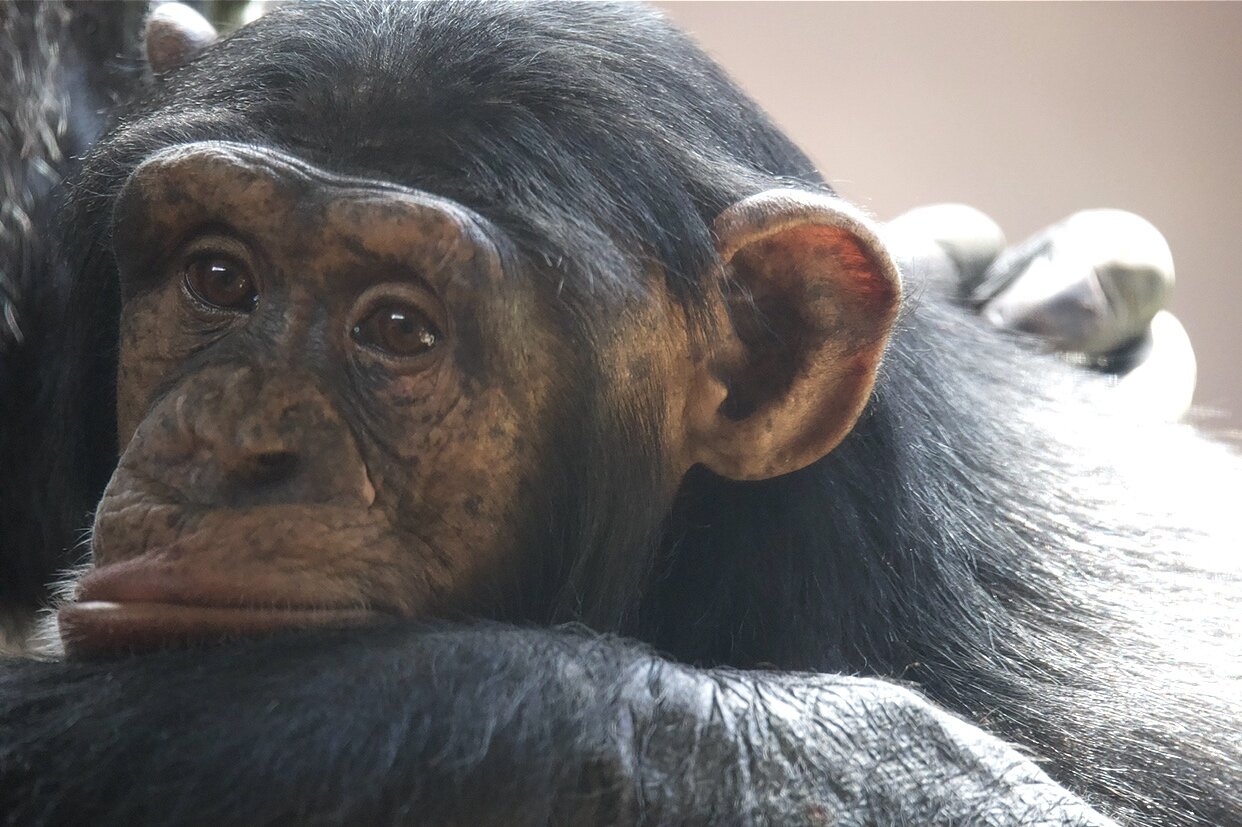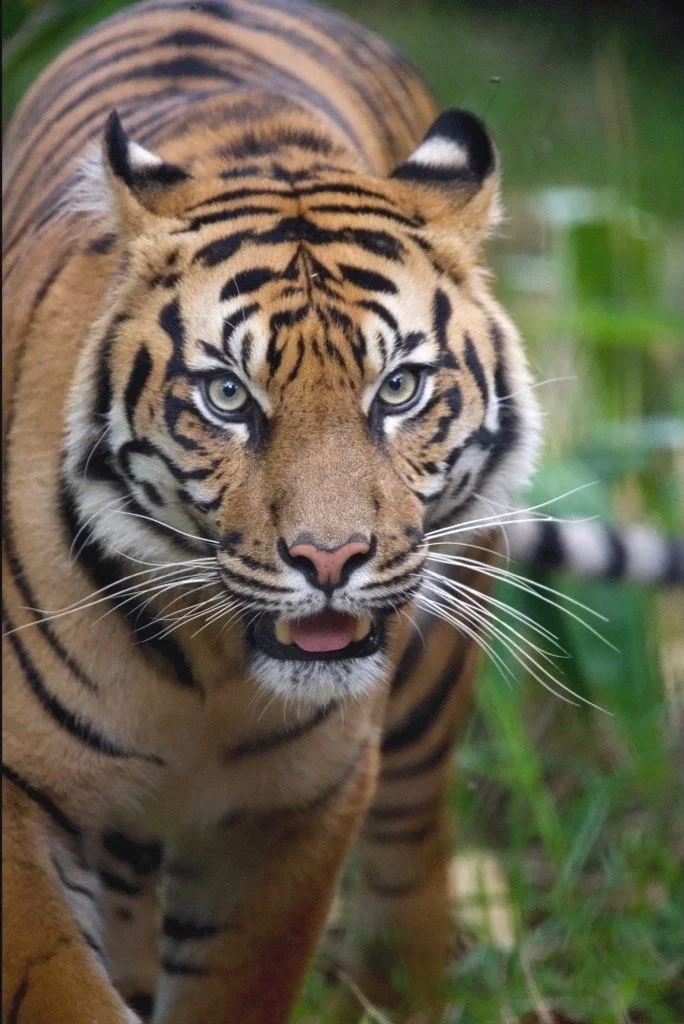Celebrating the International Day for the Conservation of the Mangrove Ecosystem
On July 26th, we observe the International Day for the Conservation of the Mangrove Ecosystem, a day dedicated to raising awareness about the critical importance of mangroves and the need to protect these invaluable ecosystems.
Mangroves are coastal wonders, harbouring a remarkable biodiversity and providing a wide range of ecological, economic, and social benefits. As we celebrate this day, let us delve into the significance of mangroves and the urgency of their conservation.
Understanding Mangroves
Mangroves are unique trees and shrubs that thrive in the intertidal zones of tropical and subtropical coastlines.
These remarkable ecosystems bridge the gap between land and sea, creating a dynamic habitat characterised by a complex web of intertwining roots, mudflats, and brackish water.
They can be found in more than 100 countries around the world, spanning approximately 152,000 square kilometres.
Ecological Importance
Mangrove forests play a crucial role in maintaining the health and balance of coastal ecosystems.
They act as natural buffers, shielding shorelines from erosion, storm surges, and tsunamis.
Their dense root systems effectively dissipate wave energy, protecting adjacent communities from the devastating impacts of hurricanes and typhoons.
Moreover, mangroves provide vital nursery grounds for numerous marine species, serving as a haven for juvenile fish, crustaceans, and mollusks.
The intricate root systems offer shelter and protection, fostering the growth of various organisms.
Mangrove forests also serve as feeding grounds for migratory birds and provide nesting sites for numerous avian species, enriching biodiversity in coastal regions.
Climate Change Mitigation
In the face of climate change, mangroves are unsung heroes. They possess an exceptional ability to sequester vast amounts of carbon dioxide from the atmosphere, making them highly effective carbon sinks. Despite accounting for less than 0.5% of global coastal area, mangroves store approximately 10% of all coastal carbon, playing a significant role in mitigating climate change.
Furthermore, mangrove forests help to reduce greenhouse gas emissions by preventing the decomposition of organic matter in anoxic sediments. This process contributes to the conservation of blue carbon, which refers to the carbon stored in coastal and marine ecosystems. Protecting mangroves is, therefore, vital in our efforts to combat climate change and limit global warming.
Socioeconomic Benefits
Mangroves also offer substantial socioeconomic benefits to local communities. They provide a source of livelihood for millions of people worldwide. Mangrove forests support small-scale fishing operations, aquaculture, and ecotourism, contributing to food security, income generation, and employment opportunities.
These ecosystems also act as natural water purifiers, filtering pollutants and improving water quality. Mangroves serve as a buffer against storm surges and coastal erosion, safeguarding coastal infrastructure, such as homes, ports, and tourist resorts. The tourism industry benefits from the allure of mangrove forests, attracting visitors who seek to explore their rich biodiversity and unique beauty.
Conservation Challenges
Despite their immense value, mangrove ecosystems face significant threats. Expanding urbanisation, industrial development, and unregulated aquaculture often result in the destruction and degradation of these vital habitats. Additionally, climate change-induced sea-level rise, coastal pollution, and improper waste management further compound the challenges faced by mangroves.
Conservation Efforts and Solutions
Fortunately, numerous organizations, governments, and communities are actively engaged in the conservation and restoration of mangrove ecosystems. Efforts include establishing protected areas, implementing sustainable management practices, and raising awareness about the value of mangroves. International agreements, such as the Ramsar Convention on Wetlands, play a crucial role in safeguarding these ecosystems.
To promote the conservation of mangroves, we must support sustainable development practices, reduce pollution, and advocate for responsible coastal management. Education and awareness initiatives are vital in highlighting the significance of mangroves and encouraging individuals, communities, and policymakers to take action.
The International Day for the Conservation of the Mangrove Ecosystem serves as a reminder of the immense ecological, economic, and social value these unique ecosystems provide.
As we celebrate this day, let us pledge to protect and restore mangrove forests, recognizing their critical role in climate change mitigation, biodiversity conservation, and sustainable development.
By working collectively, we can ensure the preservation of mangroves for future generations, securing a brighter and more resilient coastal future for our planet.





















































































